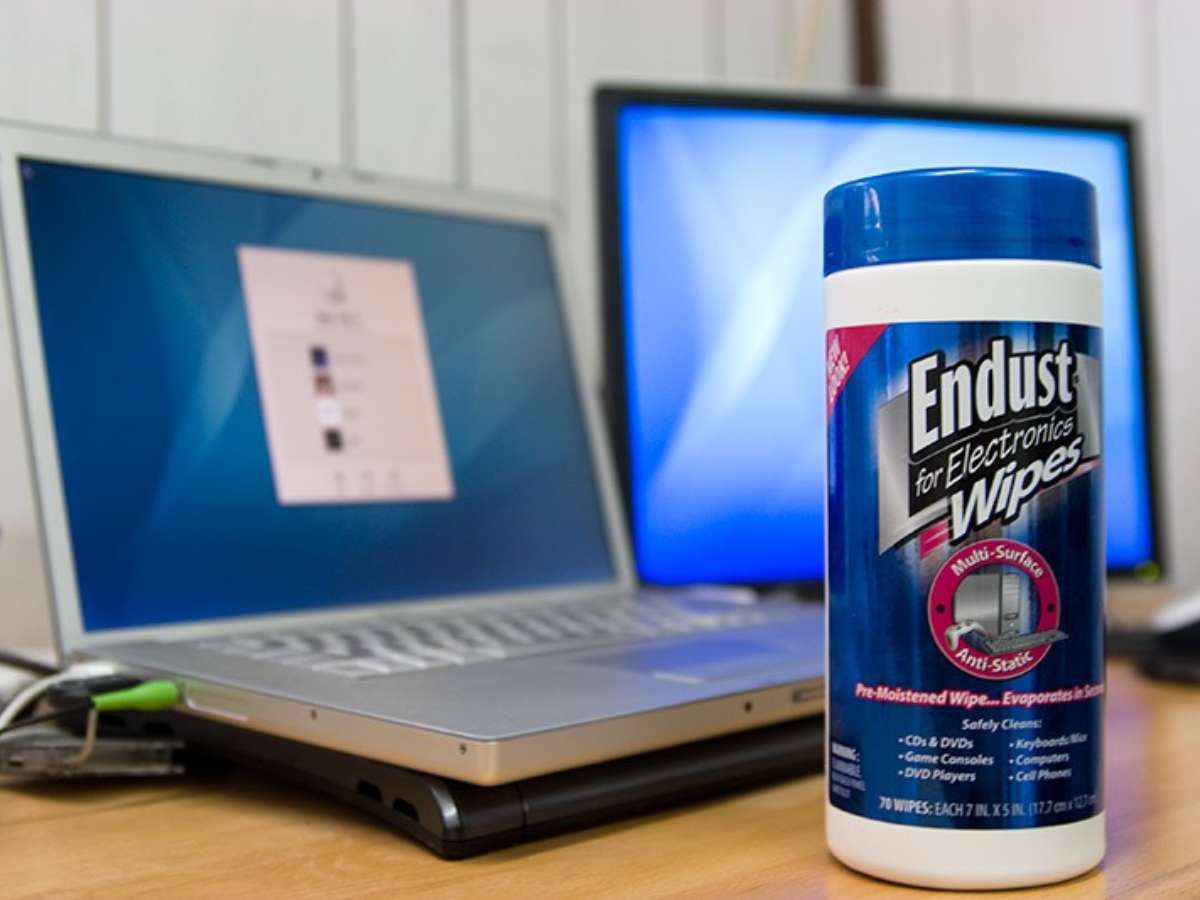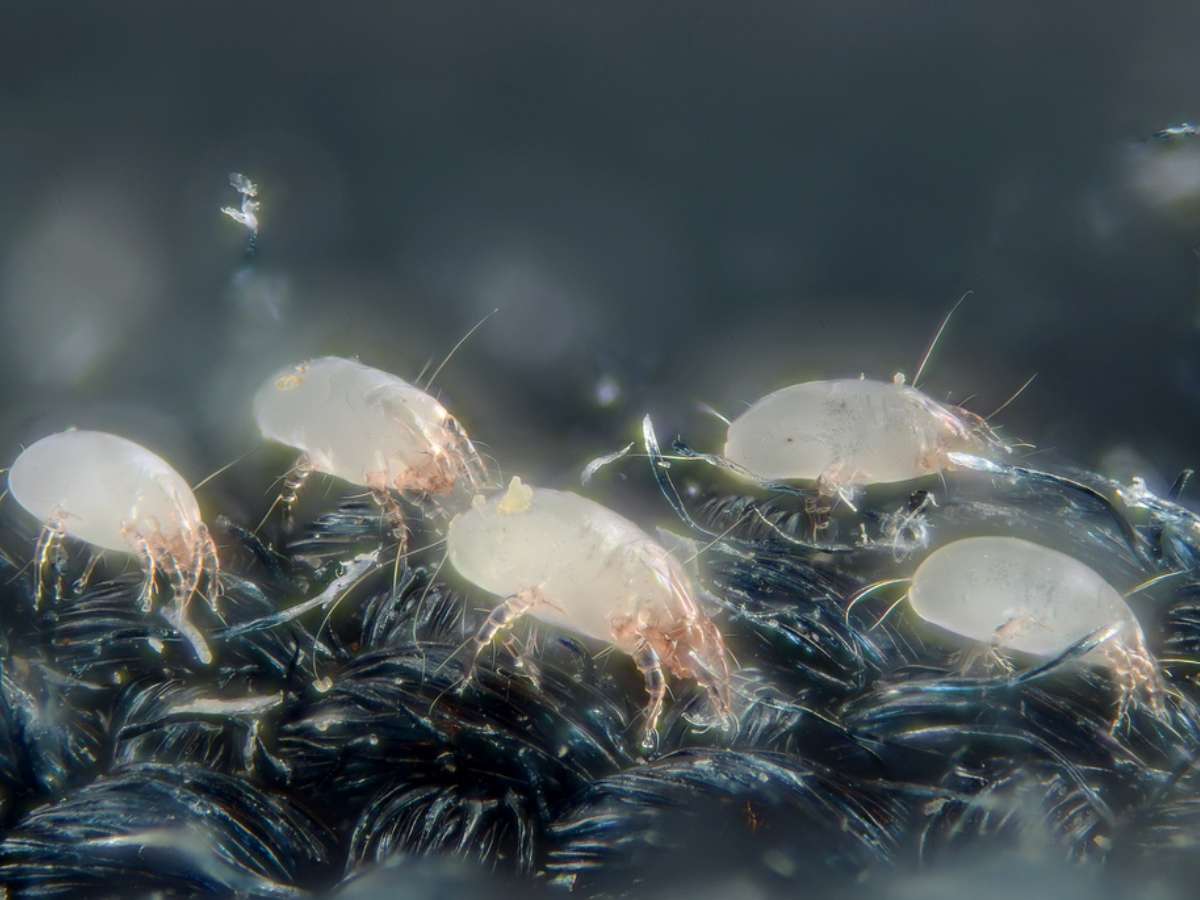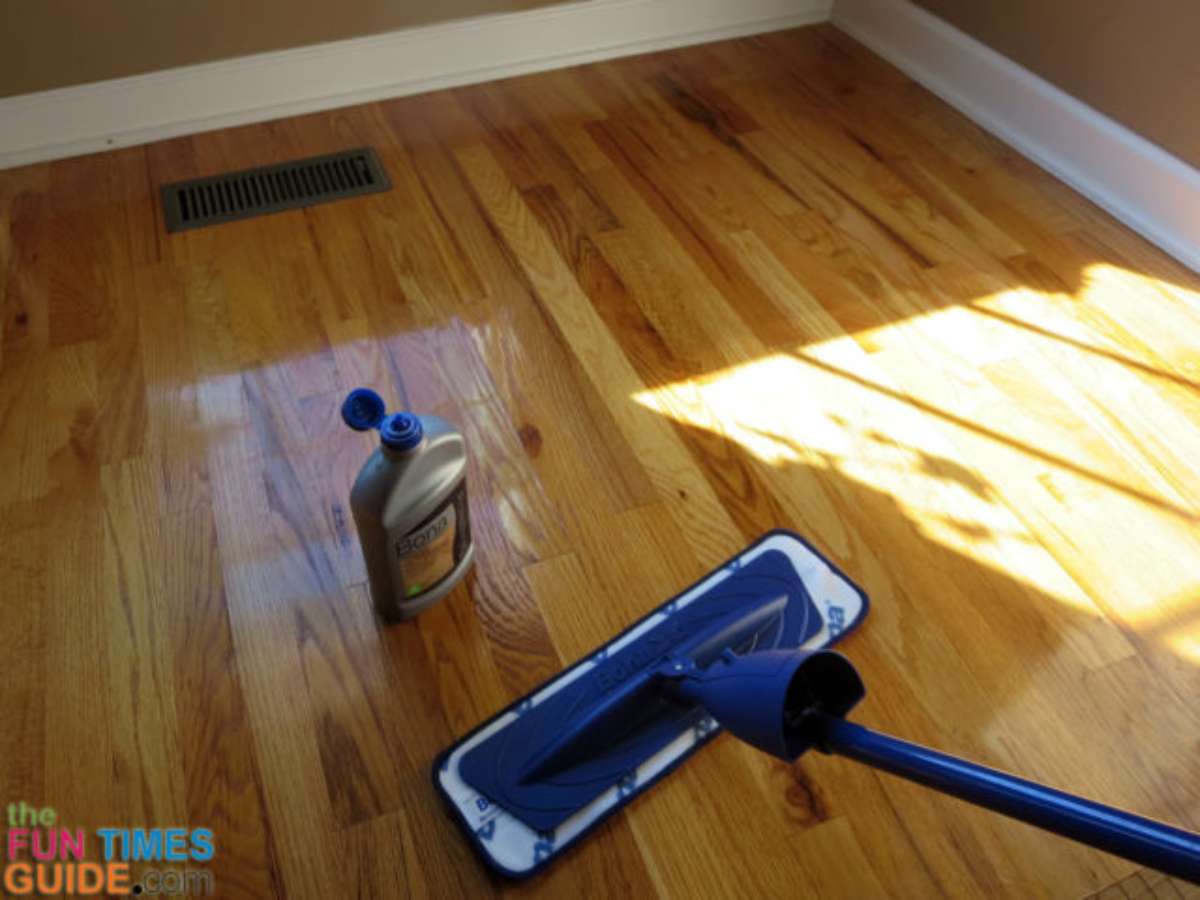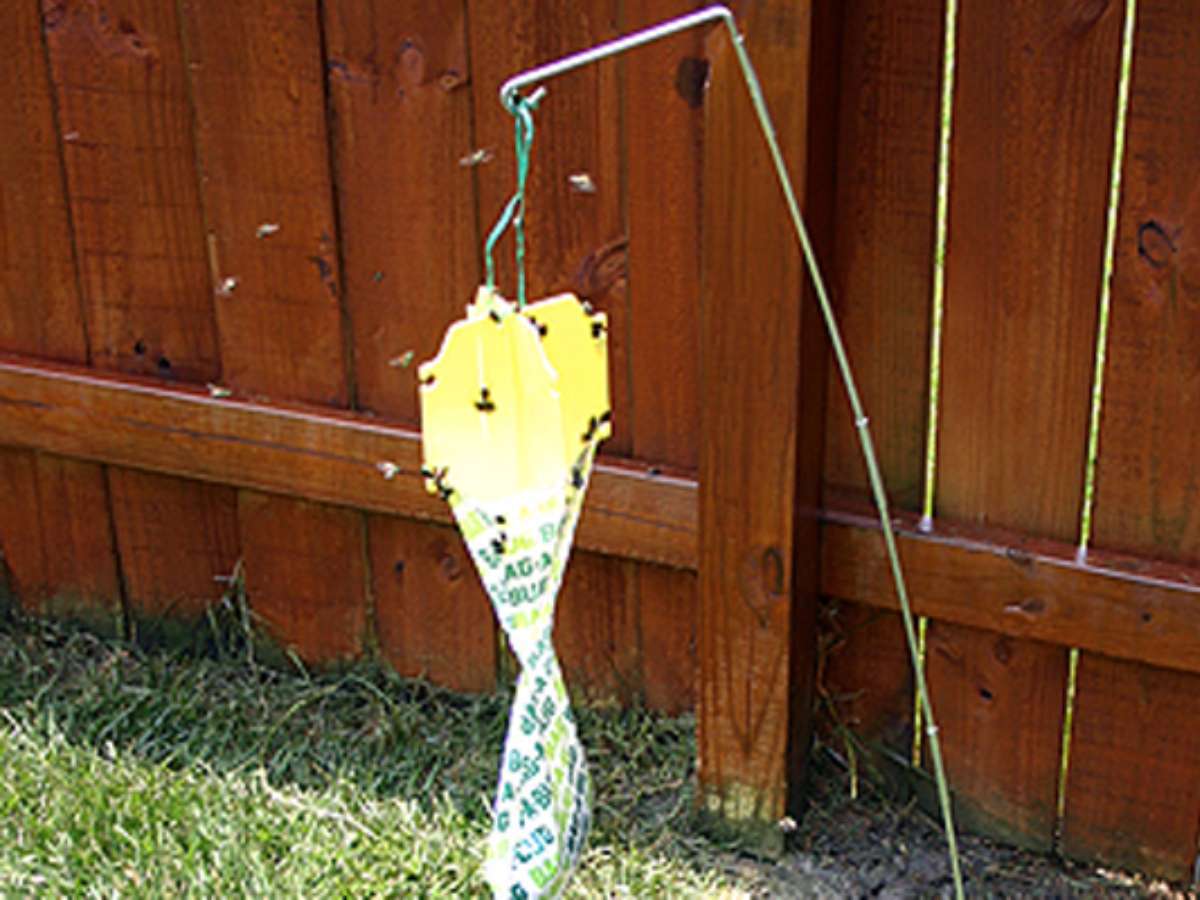Dust spray is one of the best ways to control the dust and allergens inside your home.
There are many different dusting sprays to choose from. Some work better than others.
Choosing the right one is key to having a home that remains dust free longer without a sticky residue or waxy build-up which actually just attracts more dust.

Top 4 Dust Control Sprays
These are the top 4 dust control sprays on the market right now:
#1 – Pledge Multi-Surface Dust Spray
- Clean ALL of your hard surfaces in one easy step
- Instead of reaching for multiple products for dusting, now you can use just one
- Works on wood, metal, glass, plastic, laminate, electronics — even electronics and mirrors
- Removes fingerprints and water marks from stainless steel refrigerator
- Streak-free and anti-static — so it’s especially great for dusting electronics
- In addition to the dust spray, Pledge Multi-Surface wipes are also quite popular
- View the older version of this product
REVIEWS – The Kitchn, Real Simple, Amazon, She Speaks, Meijer, Chick Advisor, Pledge Reviews
DUSTING TIP: In addition to the dust control spray of your choice, all you need now is a good dust cloth to effectively dust and clean the furniture, baseboards, and trim inside your home. You can choose an untreated one to use with any of the products listed here, or a pre-treated one for quick dusting on the fly. (This is my favorite dusting cloth, and this is my favorite washable microfiber duster.)
#2 – Fuller Duster Spray
- From a household cleaning company that’s been around since 1906, Fuller Brush Company
- Can be used on furniture, shelves, floors, blinds, lamps, and picture frames, auto interiors — but NOT electronics
- Repels dust longer than most dust sprays
- It’s a dust, sand, and fur magnet — especially for window blinds
- Makes furniture and floors look a little shiny, as if you’ve used a polish
- There’s no build-up if you decide to use it every day
- Safe & environmentally friendly: no phosphates, no chlorofluorocarbons, no silicone, and a recyclable steel can
REVIEWS – Skin Safe Products, Amazon, Fuller, Walmart, Judge Me
DUSTING TIP: Everyday household dust sprays should not be confused with special wipes dust sprays for electrics which are formulated differently to clean and protect computers, tablets, cell phones, and flatscreen TVs. These products have anti-static properties and typically have alcohol as an ingredient.

#3 – Endust Multi-Surface Dusting Spray
- Picks up dust while removing allergens, fingerprints and smudges fast
- Does not contain waxes, alcohol, vinegar, ammonia, or acetone
- There’s no silicone, so it leaves no residue build-up
- It will even remove wax build-up from other products
- Those who are highly allergic will appreciate Endust Free with a reduced mist — it’s also fragrance free, hypoallergenic, asthma and allergy friendly
REVIEWS – Allergic Girl, Nitty Gritty Product Reviews, Amazon, Staples, Walmart, Influenster
DUSTING TIP: Many dust sprays contain silicone, which is not recommended. Silicone can damage the finish by softening it. It can also seep through cracks, joints, and seams in the wood making repairs difficult without complete refinishing. Ideally, you want a dust control spray that does not contain silicone.
#4 – Caldrea Multi-Surface Spray Cleaner
- A popular countertop cleaner that shines in addition to cleaning (works best as a duster or very mild cleaner)
- Deodorizer and dusting spray in one — smells so good and refreshes your entire home; the scent lingers for about 24 hours
- Uses birch bark and a special vegetable protein extract to quickly remove odors
- Safe for all non-porous finished surfaces — wood, tile, laminate, porcelain, sealed wood floors, sealed natural stone, engineered stone, granite
- No waxy build-up
- Made in the USA
- As seen in the following video, this cleaner / dust spray also removes bacteria
REVIEWS – Grove, Taste of Home, Amazon, Good Housekeeping, Caldrea
GOOD TO KNOW: Here’s everything you could possibly want to know about the features and variables that go into making dust sprays.
Dust vs. Dust Mites
I always thought that dust and dust mites were the exact same thing. NOPE. I was wrong.
Very rarely are dust mites actually found in dust. (Who knew???)
And even if dust mites happen to find their way into some regular household dust, they can’t live there for long. That’s because dust mites need moisture (a warm, humid area) AND to feed on human skin cells in order to live.
They thrive on soft fabric surfaces — NOT hard surfaces.
These are dust mites. Eeeeewwww!…

Dust in your home is mostly made up of human debris (skin cells, hair and “other”). It also contains dirt, pollen, mold spores, microplastics, and fibers. If you have animals in your home, it will contain a larger amount of animal dander as well. (All homes have animal dander even if they don’t have pets.) Sometimes dust mites are found in dust. But they don’t live there for long, especially if the dust is on a hard surface. To live, dust mites need moisture and to feed on human skin cells. They thrive in humid locations like your bed (you sweat and breathe, trapping humidity under your covers). They are also found in your fabric furniture (couches, chairs) and carpet. They are sometimes found in your curtains. They like stuffed animals, especially those allowed on the bed. Dust mites thrive in these areas because these are not normal places you clean for dust.
A few other facts about dust mites that I found interesting:
- Dust mites are too small for us to see OR feel — they’re about 1/75th of an inch in size.
- While they resemble insects, they do NOT bite, sting, or burrow into the human body — they simply “eat” dead human skin cells that we shed daily.
- Dust mites don’t drink water — instead, they absorb water from the humidity in the atmosphere.
- They don’t live or crawl much on humans — because they prefer only the dead skin cells found on clothing, furniture, and other fabrics.
- A dust mite can live for 2 to 3 months — with enough humidity and dead human skin cells.
People who are allergic to dust or dust mites are reacting to inhaling proteins in dust that comes from dust mite feces, urine or decaying bodies. Any swelling (also called inflammation) of the nasal passages caused by dust mites is considered a dust allergy.
To reduce dust mites in your home, you have 3 good options:
- Reduce the humidity level inside your house (below 50%).
- Block the dust mites’ access to human skin (wash all bedding weekly in water that’s at least 130 F).
- Reduce or eliminate fabric items that you can’t wash weekly (carpet, rugs, upholstered furniture, curtains).
In this video, Jill Edelman (aka “the accidental housewife”) shares some of the easiest ways to get rid of dust mites yourself:
Where Does Dust Come From Then?
Dust mostly comes from:
- Outside (60% of the dust inside your home arrives just from having a door or window open)
- The bottom of shoes
- Dead skin cells and hair (aka dander from humans and pets)
- Tiny fibers shedding off from clothing, carpet, bedding, towels
So… What do the experts say is the best way to reduce dust from the hard surfaces inside your home?
Angela Brown is a longtime professional housecleaner. She’s always been one of my go-to resources on all things having to do with house cleaning.
Here’s what Angela says about dust, plus her best tips to reduce dust:
As you can see from Angela’s tips in the above video, it’s important to use high-quality dusters — so you’re not just pushing the dust around.
And as she touched on in the video, it’s important to use high-quality air filters in your home’s HVAC system as well.
This video shows you how dust gets through your air filters:
DIY Homemade Dust Control Spray Options
Want to save a few dollars and make your own dust control spray?
I’ve got a couple of homemade dusting spray recipes for you to try — experiment until you find the one you like best:
- Martha Stewart’s DIY Dust Spray
- Homemade Dust Spray Recipes
- Grandma’s Dust-Busting DIY Cleaning Spray
- How To Make Your Own Treated Dust Cloths
This video is filled with great DIY remedies to remove dust mites:
3 One-Of-A-Kind Products That Reduce Dust & Allergens
- AllerSearch Anti-Allergen Spray – uses an oxidizing compound to destroy allergens from dust mites, pet dander, pollen, mold, and mildew on contact. It’s non-toxic, safe to use around children & pets, and safe on all surfaces and colors of fabrics — including white. AllerSearch makes a lot of great products to control various types of allergies.
- FloraCraft Silk Flower, Plant & Tree Cleaner – this is better than using canned air dusters (or even just water) because there’s absolutely no wiping necessary! Just spray, wait 30 minutes, and plant leaves look almost like new. There’s no dirt or residue left behind.
- QwikProducts PuraClean Filter Spray – turns an ordinary HVAC filter into an electrostatic filter. This product increases particle capture up to 300% AND has been proven to increase the MERV rating of a standard air filter up to 2 additional MERV ratings.
If you’ve used any of these dusting products — or have another favorite — please share your experience in the Comments below!




